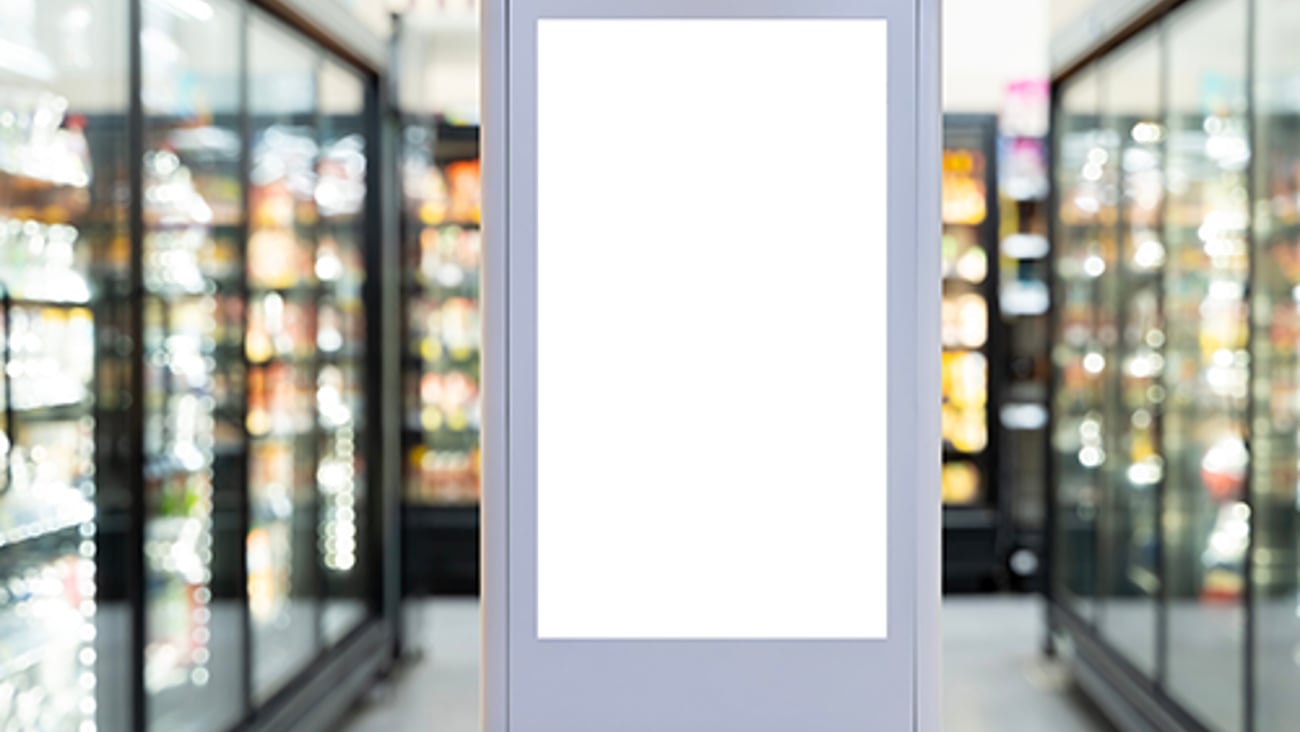5 crucial 2025 retail trends
It’s easy for retailers to get so involved in day-to-day activities that they can miss key changes in the most important business trends.
Now is the time for retailers to connect with essential developments in the industry, while the year is still new. Here are five key ones to consider for 2025, involving aspects of health, shopping behaviors, merchandising and technology.
1. Wellness becomes wider: Shoppers are widening and personalizing their outlooks on wellness, a point that needs to be on the radar of retailers. “Consumers are taking their health into their own hands, on their terms, to curate personalized wellness practices that meet their needs,” as relayed in a new food and beverage trends report from Nestle U.S. The company found that approximately 82% of U.S. consumers view wellness as a top or important priority in their lives, and that brands will focus on better-for-you items with functional benefits.
2. Social commerce surges: The global social commerce market is expected to grow by 57% in the next four years and become a trillion-dollar industry by 2028, according to data from Statista presented by investment analytics site Stockylics.com.
This is a big deal and the TikTok shop is a case in point, even as TikTok draws scrutiny in the U.S. over national security concerns related to its ownership by a Chinese company. It is heavily engaging consumers, according to a report released by NIQ in collaboration with TikTok. Importantly for retailers, the NIQ report reveals that almost three quarters of TikTok users say they are likely to explore a brand or product further when they are off the platform. Two in five respondents who find a product on TikTok decide to visit physical stores to buy it.
3. AI views evolve: The days are over when retailers will experiment with AI just for the sake of experimentation. Businesses are embracing AI but now expect applications to have measurable outcomes. This point was emphasized recently by Walmart as part of its outlook report. The world’s largest retailer said it expects that companies will focus on applications that enhance operational efficiency, reduce costs or generate clear revenue streams, with a massive shift from experimental spending to investments in AI solutions with proven, practical benefits.
4. Private label steps up: Private brands are being called “dupes,” but don’t let that fool you. Retail private label isn’t just aiming to compare to other brands. It is driving value, experience and innovation all its own. Kroger, a major private label operator, recently spotlighted this trend as part of its 2025 outlook projection. “Retailers continue to offer items that rival—and even surpass—the national brand equivalent, and it hasn't gone unnoticed,” the company said. Kroger anticipates continued private brand innovation and expects that more shoppers will regularly choose store brand alternatives instead of national brands.
5. Seniors take spotlight: Younger shoppers—Gen Z and millennials—have been the favorite topic of shopper insights for some time. However, retailers have strong incentives to prioritize older generations as well. Walgreens recently published a healthcare-focused article about seniors. It emphasized that seniors represent the fastest-growing segment of the U.S. population right now, with 70 million people. The retailer pointed to the special considerations of this cohort, including managing health conditions, combatting social isolation and adjusting to new financial situations. Importantly, it cited ways that seniors can lean on Walgreens for support, with senior discounts, Medicare Advantage supplemental benefits and engagement with pharmacists.
The retail outlook for 2025—as with any new year—is uncertain. However, these five trends will loom large. Now is a good time to make sure that effective strategies are in place to address each one.





